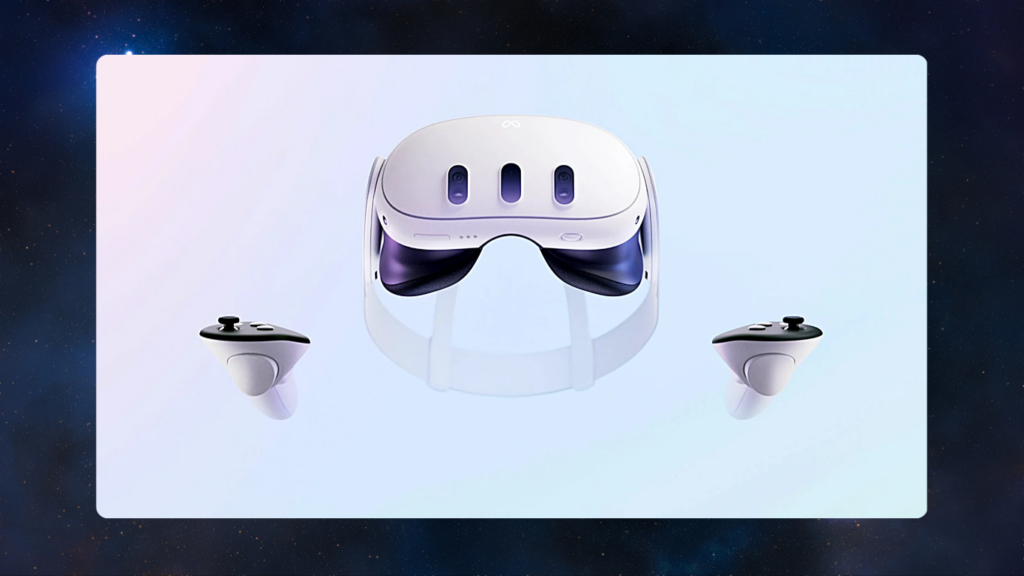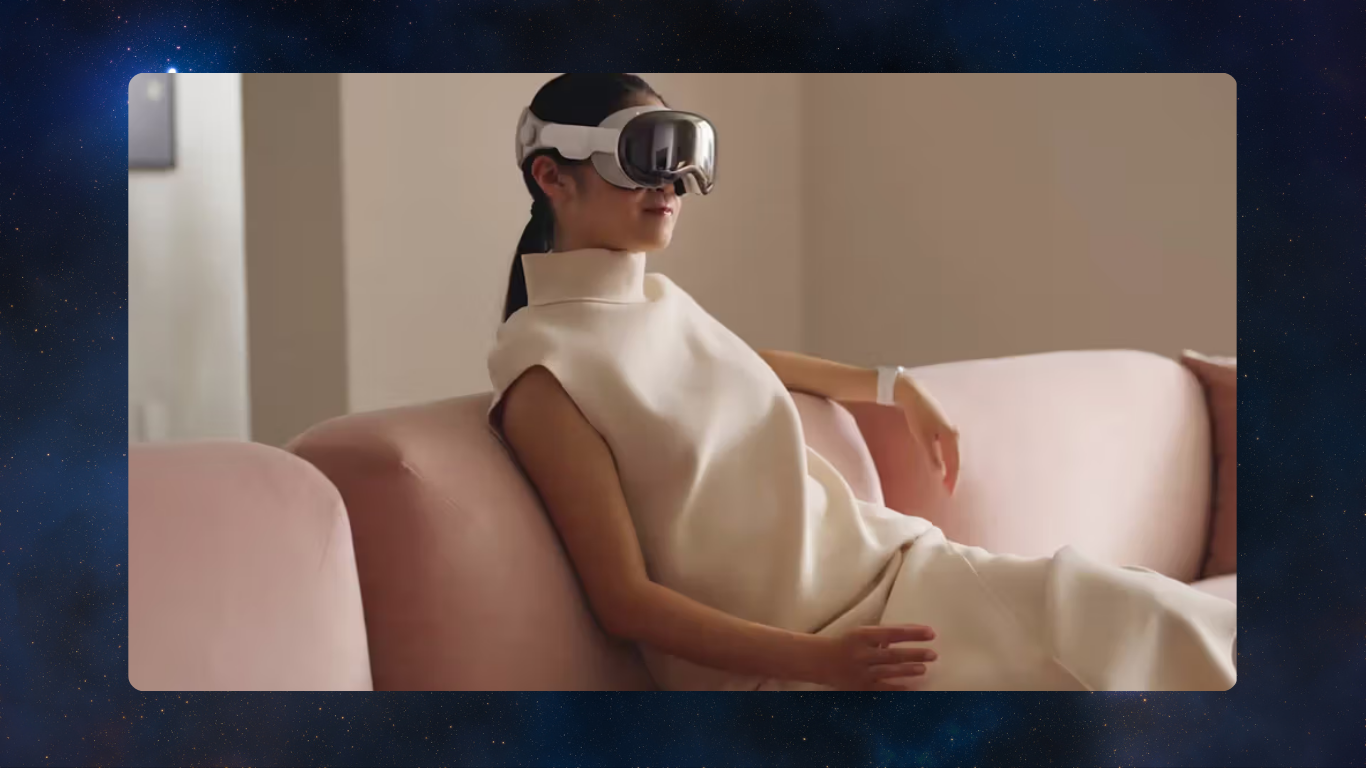Microsoft has unveiled that soon, users of the Meta Quest 3 VR headset will be able to leverage the complete features of Windows 11. Importantly, this doesn’t entail that the Meta Quest 3 will directly run Windows itself. Rather, it involves streaming from a personal Windows 11 PC or from a cloud-based virtual PC via a Windows 365 subscription, predominantly aimed at professional and business users.

The collaboration enables a straightforward connection to either a local Windows PC or a cloud-based Windows 365 PC. Microsoft’s blog notes that this connection facilitates a swift setup of a private, high-quality workstation equipped with multiple virtual monitors, with public previews slated to begin in December.
Meta’s CEO, Mark Zuckerberg, brought up these integration efforts during the Meta Connect 2024 event in September, emphasizing the ease with which users can connect a Quest headset to a Windows 11 PC—simply by looking at the keyboard. Yet, details on how users might manage Windows 11 using gestures on the Quest 3 remain sparse, mirroring the gesture-based controls seen on Apple’s Vision Pro.
For now, Quest users who wish to boost their productivity tend to rely on third-party applications like Virtual Desktop and Immersed. Both Meta and Microsoft are actively working to enhance these interactions, aiming to push the boundaries of what’s possible with VR productivity tools.
This integration sets the Quest 3 series up as a formidable competitor to Apple’s Vision Pro headset, which is marketed less as a VR headset and more as a “spatial computer.” Despite its advanced technical features, the Vision Pro has struggled to attract a broad user base.
In terms of visual fidelity, however, the Quest 3 does not reach the optical clarity of the Apple Vision Pro, which boasts about 34 pixels per degree, compared to the Quest 3’s 25 pixels per degree. This superior sharpness is particularly advantageous for viewing text-heavy virtual screens as opposed to videos. Despite its high-tech specs, the Vision Pro’s lackluster sales highlight the complex dynamics of consumer technology adoption in the VR industry.

Subtly charming pop culture geek. Amateur analyst. Freelance tv buff. Coffee lover
